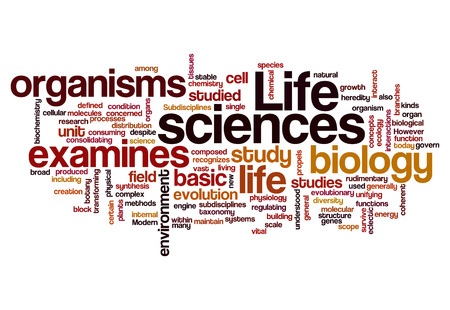
Translating the Life Sciences: Why Specialization is Crucial
by Jim Dulin
Contemporary science is progressing at an unprecedented rate, aided by continuous global collaboration. This movement has driven an increased demand for translators in the field. However, translators working with the scientific industry require much more than just an understanding of the language. As science and technology advance, there is an ever-increasing necessity for translators specializing in the life sciences.
Precision and Speed: Medical and Research Interpreters
A medical interpreter is often the best option for situations like clinical trials, scientific conferences, and hospital environments, where life sciences professionals work very closely with other people. Interpreters must be very comfortable with the subject matter in order to quickly provide precise translations. In these cases, is essential to have an interpreter who is proficient in both the language and the related scientific jargon in order to communicate effectively between professionals and civilians alike.
Familiarity with Regulatory Standards
One of the most challenging aspects of life sciences translation is that different languages also come with different regulatory standards. Across the globe, a few of the major organizations overseeing regulations for the life sciences are:
- The Food and Drug Administration (FDA) – United States of America
- The European Medicines Agency (EMA) – European Union
- The China Food and Drug Administration (CFDA) – China
- The Central Drugs Standard Control Organization (CDSCO) – India
- The Pharmaceuticals and Medical Devices Agency (PMDA) – Japan
- The Saudi Food and Drug Authority (SFDA) – Saudi Arabia
Each organization has a unique set of rules. For example, to regulate certain medical products, the FDA requires a Common Technical Document (CTD or eCTD), whereas the EMA calls for a Quality Review of Documents (QRD). With so many organizations to keep track of, it is extremely beneficial to have a life sciences translator who is well-versed in the appropriate guidelines.
Promoting Global Standards: MedDRA
In an effort to further standardize and unify global medicine, experts launched the Medical Dictionary for Regulatory Activities (MedDRA) in the late 1990s. This is a multilingual reference of medical and physiological terminology that allows life sciences professionals to fluently communicate across language barriers. MedDRA is a vital (and often required) tool for medical translators, and requires some training to use. Any translator working with the life sciences should be familiar with MedDRA or similar collaborative resources.
Translators in the life sciences are unlike any other; they possess an entire specialized skill set. Investing in an experienced life sciences translator is a good way to avoid miscommunication and regulation problems in the future.
Need a translation? Contact us for more information.
Related Articles
AI-Powered LQA and Human Review: The Smartest Way to Scale Localization
Every multilingual project begins with ambition: the ambition to connect, to scale, and to meet global audiences where they are. But ambition often collides with the reality of manual language review processes that strain valuable resources. This friction delays launches and diminishes the agility brands need to thrive internationally. The answer is not replacing people…
Connecting Through Language: Why Global Brands Are Investing in Multilingual Video
In today’s digital world, attention is the most valuable currency—and it’s increasingly multilingual. For brands expanding across borders, creating content that resonates globally isn’t just a competitive advantage; it’s a business necessity. Whether you’re onboarding a workforce, educating customers, or entertaining the masses, your audience expects more than a translated script. They expect localized video…
The Formula for AI-Powered Automation: A Scalable Approach for Any Business
Automation is not just about implementing new tools—it’s about creating a culture of innovation and efficiency. The most successful companies don’t just adopt technology; they build cross-functional teams of problem-solvers who thrive on optimizing workflows, streamlining operations, and driving digital transformation. At Keylingo, we’ve spent years refining AI-powered automation strategies, testing tools, and improving processes.…
here
for you
We’d love to learn more about your translation and localization needs.